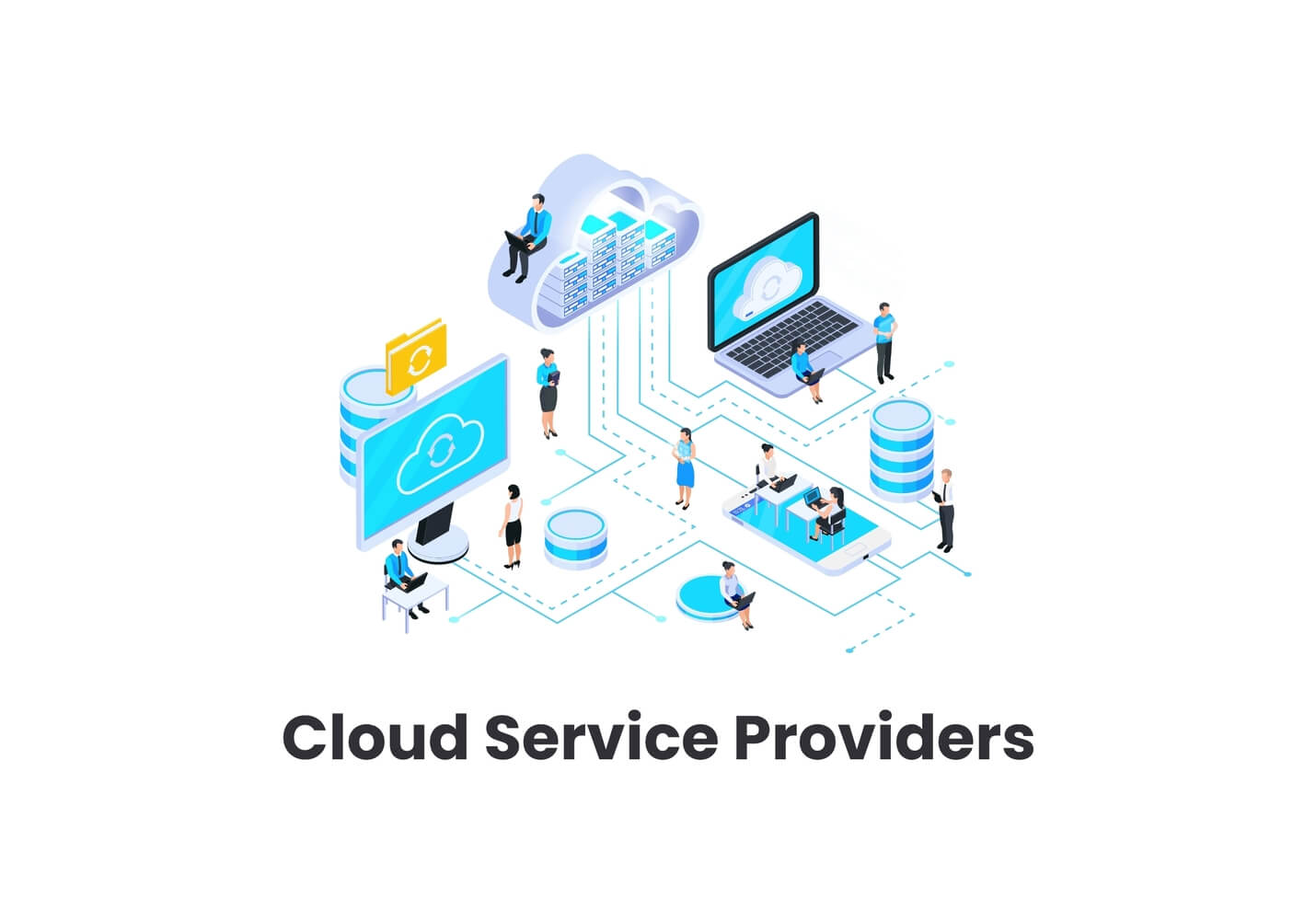Enhance Your Business with Cloud Services: A Guide to Modern Solutions
Wiki Article
Achieve Seamless Scalability With Cloud Provider
In the ever-evolving landscape of cloud services, achieving seamless scalability stands as a keystone for modern services looking for to stay adaptable and affordable. The capability to effortlessly increase or contract sources in action to transforming demands is a pivotal benefit in today's busy digital atmosphere. By grasping the art of scalable cloud solutions, organizations can not only enhance efficiency and simplify procedures but likewise pave the way for future development and advancement. The quest for seamless scalability with cloud services reveals a globe of opportunities for those ready to embrace the transformative power of dynamic resource monitoring.Benefits of Cloud Scalability
Cloud scalability uses organizations the adaptability to dynamically readjust resources based on need, making certain optimal efficiency and cost efficiency. Additionally, cloud scalability promotes technology and testing by enabling organizations to quickly examine brand-new ideas and scale them as needed. Ultimately, the benefits of cloud scalability prolong past price financial savings to include improved performance, dexterity, and development.Trick Attributes for Scaling
Effective scaling in cloud services depends on key features that allow organizations to change resources dynamically based upon demand. One essential attribute for scaling is elasticity, enabling resources to scale up or down in reaction to fluctuating work. This makes certain that organizations can meet performance requirements without over-provisioning sources. One more vital feature is scalability, allowing systems to take care of raised work by including resources effortlessly. This attribute is critical for fitting development without compromising performance. Furthermore, automation plays an important role in scaling by automating the provisioning and de-provisioning of sources based upon predefined plans. Automation decreases human intervention, improves performance, and makes sure rapid reaction to changing needs. Monitoring and analytics devices are also vital for scaling, offering insights into resource usage, efficiency metrics, and prospective bottlenecks. These tools allow organizations to make informed decisions and maximize source allotment for efficient scaling. Generally, these essential functions collectively empower companies to attain smooth scalability in cloud solutions.Executing Auto-Scaling Strategies
To properly optimize resource allotment and adapt to differing workloads, organizations must purposefully apply auto-scaling approaches in their cloud solutions infrastructure. Auto-scaling permits systems to instantly readjust the number of calculate resources based on real-time demand. There are different auto-scaling approaches that organizations can employ, such as predictive scaling, which uses historical information to anticipate future source demands, and responsive scaling, which reacts to present workload adjustments.
Finest Practices for Scalability
For companies intending to enhance their scalability in cloud services, applying best methods is critical for optimum efficiency and resource management. One trick finest method is designing applications with a microservices architecture. This approach breaks down applications right into smaller sized, independent services that can be deployed, upgraded, and scaled independently, enabling higher flexibility and scalability.An additional essential practice is utilizing containerization innovation, such as Docker or Kubernetes. Containers make it possible for the product packaging of applications and their dependencies into isolated units, making it simpler to scale parts individually and deploy them consistently throughout different environments.
In addition, applying automated implementation and framework as code (IaC) can streamline scalability initiatives (linkdaddy cloud services). Automation tools like Terraform or Ansible assistance in provisioning and handling sources effectively, lowering hand-operated errors and allowing rapid scalability
Furthermore, keeping an eye on efficiency metrics, setting up informs, and performing regular capacity planning are important methods to make sure positive scalability monitoring. By sticking to these best techniques, organizations can accomplish seamless scalability in their cloud services while maximizing efficiency and resource application.
Surveillance Efficiency Metrics
When evaluating the performance of cloud solutions scalability, very closely keeping an eye on efficiency metrics is vital for making sure ideal performance and source allowance. By continuously tracking crucial efficiency indicators (KPIs) such as feedback times, throughput, source, and latency use, organizations can gain valuable understandings into the health and effectiveness of their cloud infrastructure. Keeping track of efficiency metrics allows for the very early detection of prospective traffic jams or problems that might impact scalability, enabling aggressive measures to be required to address them prior to they escalate.

Verdict
Finally, achieving smooth scalability with cloud solutions is necessary for companies to optimize efficiency, enhance innovation, and preserve high performance levels throughout peak times. By leveraging the advantages of cloud scalability, carrying out auto-scaling techniques, using crucial attributes such as elasticity and automation, and following ideal techniques like application design and efficiency monitoring, companies can effectively scale their systems while optimizing source utilization and performance.The quest for smooth scalability with cloud solutions introduces a globe of possibilities for those prepared to accept the transformative power of vibrant resource management.
Cloud scalability offers companies Cloud Services the flexibility to dynamically change resources based on demand, ensuring optimum performance and expense efficiency. Another crucial feature is scalability, allowing systems to handle boosted workload by including resources perfectly.For companies aiming to boost their scalability in cloud services, applying finest techniques is vital for ideal performance and source management.When analyzing the effectiveness of cloud solutions scalability, very closely keeping track of performance metrics is critical for guaranteeing ideal capability and resource allotment.
Report this wiki page